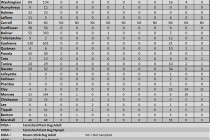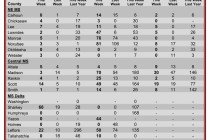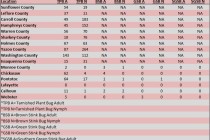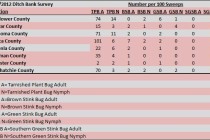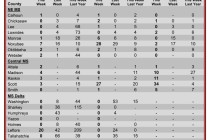Soybean Crop Update and Management Considerations
We are all thankful for the recent rains that were received throughout the majority of the state. These rains were certainly welcomed, especially in those areas that have remained dry for the last several weeks. Many places received adequate rainfall,

